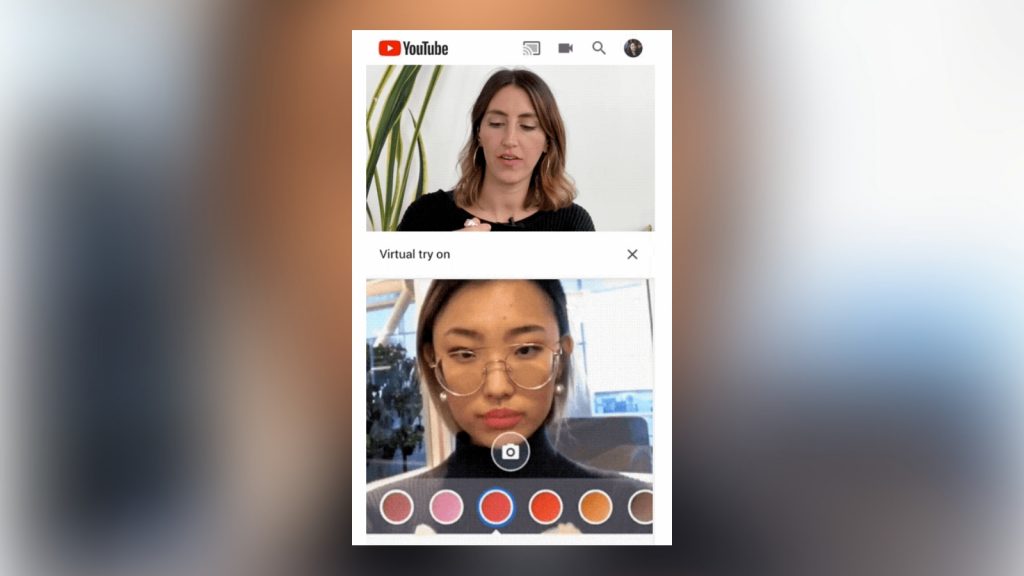Beauty filters are a hit on social media apps, for good reason, they cover the imperfection, conceal the blemish, and even add confidence to the still uncertain.
Profile pictures on dating apps, social media profiles and even professional job resumes come with the added advantage of some filter to ensure users show their best side for any opportunity.
No ad to show here.
Should they be regulated?
Filters, or beauty filters have been around for decades and evolved over time.
From the day’s when a filter was applied to a still photograph and video, in an effort to enhance the physical attractiveness of a subject, filters have evolved to almost everyone with a cellphone having access.
It was around 2015 when the craze for filters spiked as Snapchat released a version of the face filters, named Lenses.
The said Lenses allowed users to select their preferred favourite and use them comically for entertainment.
Snapchat was one platform that paved the way for AR filters to the mainstream in a series of updates that allowed a collection of playful filters to be used on selfies.
TikTok Bold Glamour filter and its reach
In March TikTok users were introduced to the Bold Glamour filter, a creation by filter and AR (Augmented-Reality) creator Florencia Solari who indicated how machine learning produced a convincing level of reality.
While filters are here to stay, the question of regulating them is slowly gaining momentum.
Referring to a myriad of filters on Instagram, Snapchat, TikTok, alongside others, they all contour cheekbones, and jawlines, highlight the tip of the user’s nose, lift eyebrows and pretty much aggregate features that are conventionally flattering.
The filters provide an unrealistic standard of beauty for young girls with most users likely to opt for the filtered image as opposed to the realistic one, only to prompt underlying societal issues such as depression and even body dysmorphic disorder, a mental disorder from perceived body defects.
Unrealistic standards of beauty
A sense of false advertising is one argument that has been tabled to the filter conversation from two camps.
While its the users who opt to use the filters, should there be a tag, label or required form of tag to filtered photographs that indicate how a user added a list of filters to package a desired image?
Would that label signal an unrealistic image?
Could a regulated filter policy curb the use or have users use it more responsibly?
Will this promote a responsible online image policy?
How we view ourselves.
Plumped teeth, enhanced makeup as well as other benefits of filters are an added bonus any user welcomes.
How far is too far and what are the long-term implications of a society that operates on a terrain without borders?
Where are the parameters, how much is too much, should users on dating sites disclose that their image was slightly retouched and doctored for the greater goal?
We pose unique questions from a double-sided society on filters.
Should there be regulation around he use of filters?
Also read: Three gaming trends that could rule the industry in 2023
* Note: The views expressed in this article due not reflect those upheld by the Burn Media Group.
